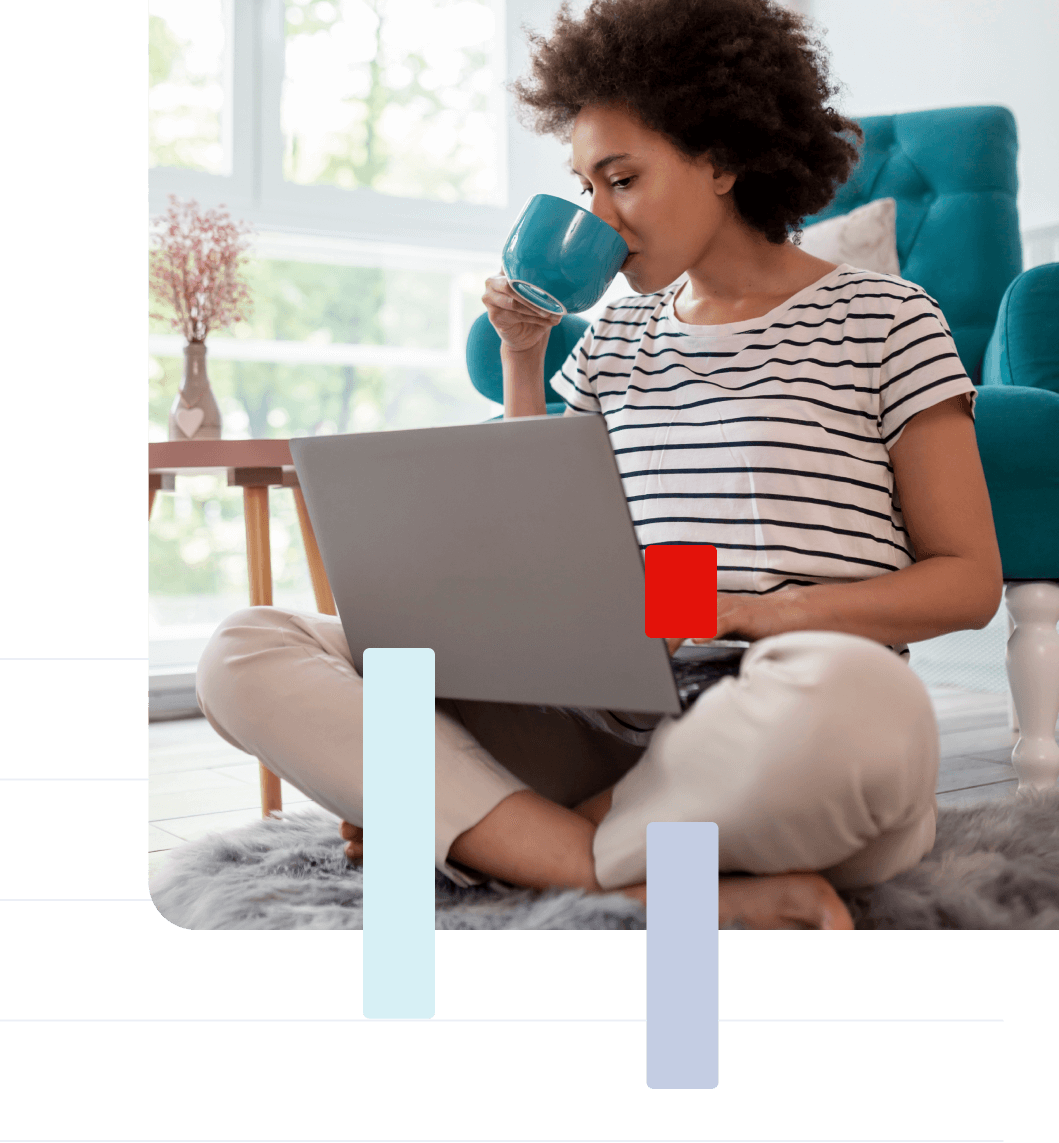5 CUSTOMER EXPERIENCE METRICS YOU SHOULD BE MEASURING
1. NET PROMOTER SCORE (NPS)
Think of this as the Holy Grail of customer experience metrics. NPS is the most commonly used metric, and for good reason: it is simple to use and paints a fairly clear picture of the quality of the experience. NPS simply asks customers how likely they are to recommend the product or service to family and friends on a scale of 0-10.
In general, customers who have had a better experience are more likely to recommend the brand. That means a higher NPS equates to more customer loyalty and a stronger experience. With just a single question, brands can measure an entire experience and view what customers think of their brand as a whole.
2. CUSTOMER SATISFACTION (CSAT)
Customer satisfaction is tied closely to customer experience. After all, a satisfied customer likely had a good experience. CSAT asks customers how satisfied they are with a recent purchase or interaction with the brand. After calling the contact center or buying an item online, a customer might get a one-question survey asking about their satisfaction with that single event. CSAT can be easily customized to measure satisfaction on anything from a chat with a bot to an in-store return.
As it measures a single event and not the overall experience, CSAT can help companies track their progress in certain areas and pinpoint other areas that might need improvement.
3. CUSTOMER EFFORT SCORE (CES)
The best experiences are easy and effortless. Customer effort score uses a survey to ask customers on a scale of 0-10 how much effort they had to put forth to handle their request. If they had a question about their bill and easily solved their problem with little effort, they might answer with a score of 1 or 2. However, if solving their issue involved multiple phone calls or chats, their effort answer could be closer to an 8 or 9.
CES measures how much work customers have to do to get information or to have their questions answered. CES is used for single events only, not the entire customer experience, which again helps brands see what areas of the customer journey require the most effort and need to be improved.
4. AVERAGE HANDLING TIME
Customers expect their questions to be answered quickly, which is where average handling time comes in. This metric measures how long it takes for customers to get information and have their issues solved. This is one of the few metrics that is tracked internally and not by asking customers.
In general, a lower average handling time equates to a better experience because it means customers can get help quickly.
5. VISITOR INTENT
Visitor intent asks customers what their primary reason was for visiting a store, website or contact center. In order to build strong, personalized experiences, brands need to understand their customers, and that includes knowing why they are visiting or reaching out to the brand. Tracking visitor intent can be as simple as giving customers a few options of why they visited the store and then tracking the most common responses at certain times or for certain demographics.
Visitor intent also helps brands know if there are issues that come up repeatedly or if there are proactive steps the brand could take to eliminate the reason many customers contact the brand. For example, if a large number of customers have a visitor intent of chatting with a company to track their order, the brand could create a self-service option. Visitor intent can be followed up by asking if the customer’s primary reason was fulfilled. If a customer contacted the brand with a question, the follow up asks if they actually got the right information.
WHY TRACK CUSTOMER EXPERIENCE METRICS IN THE CONTACT CENTER?
When you track customer experience metrics, it paints a fuller picture of customers and their interactions with the brand. There are dozens of customer experience metrics that brands can track. These five are the most important and tell the full story of what customers are looking for, if they are happy with the brand and what can be improved.



